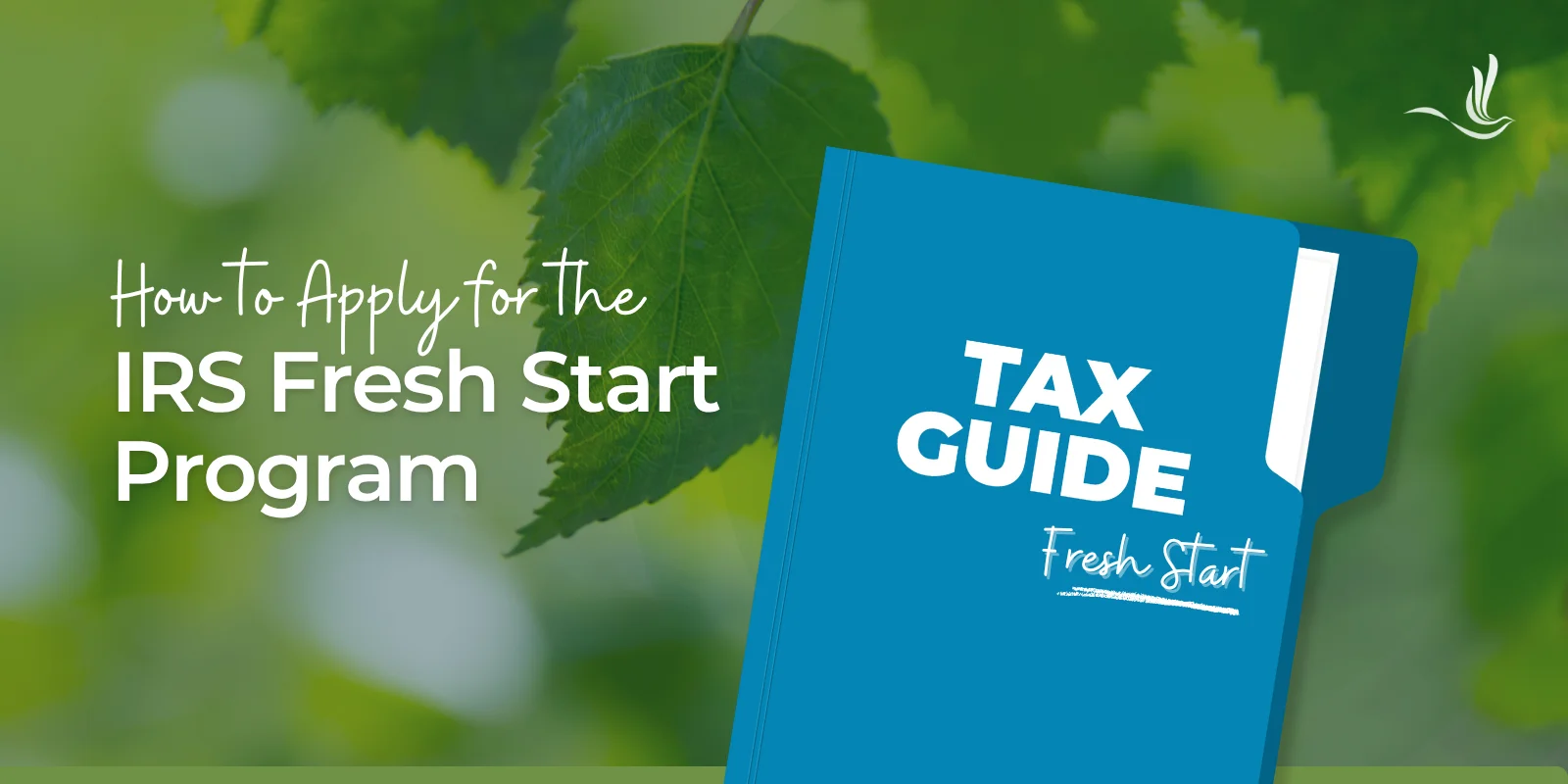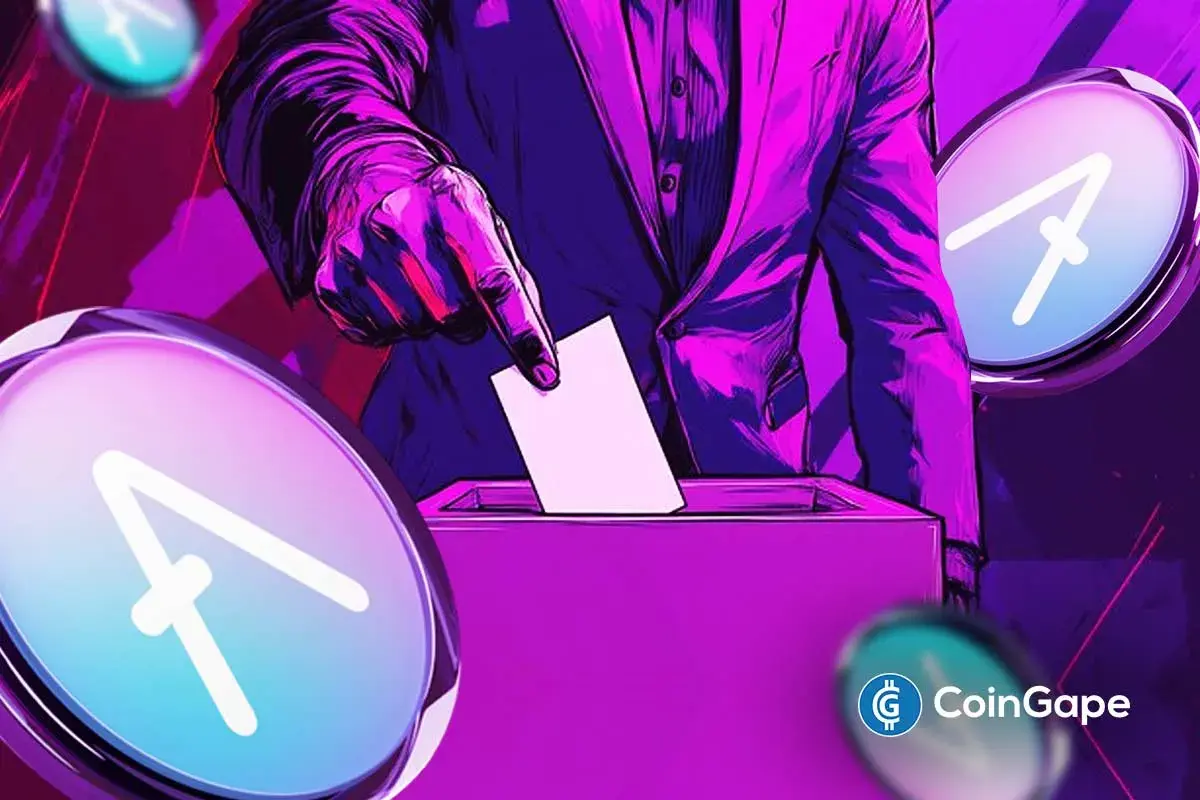Key Takeaways
The IRS Fresh Start Program offers multiple relief options to help taxpayers settle or manage back taxes more affordably.
Eligibility depends on your tax debt balance, filing compliance, and ability to pay after covering basic living expenses.
Common relief types include Installment Agreements, Offers in Compromise, Penalty Abatement, and Currently Not Collectible status.
Each program has different qualification standards and documentation requirements that may vary by income, assets, and debt level.
To apply, gather financial records, complete the proper IRS forms, and submit them accurately through the correct IRS channel.
Applying early and maintaining tax compliance during and after approval increases your chances of lasting financial relief.
Millions of Americans face challenges with unpaid taxes, and the IRS Fresh Start Program offers a structured path to relief. Originally launched to help taxpayers overcome financial hardship without harsh collection actions, this initiative remains a vital lifeline for individuals and small businesses.
If you’ve ever wondered how to apply for the IRS Fresh Start Program, this comprehensive guide will walk you through what it is, how it works, who qualifies, and the exact steps to take to apply successfully.
What Is the IRS Fresh Start Program?
The IRS Fresh Start Program is not a single tax forgiveness plan but a group of expanded relief options that allow taxpayers to repay or settle their debts more affordably. Introduced in 2011 and refined over time, it was designed to make tax compliance achievable for those facing financial strain.
The program aims to prevent taxpayers from falling deeper into debt through liens, wage garnishments, or levies. Instead, it provides structured solutions that help people catch up on their tax obligations without losing their homes, wages, or credit stability.
Purpose of the Fresh Start Initiative
At its core, the Fresh Start Program encourages voluntary compliance by providing taxpayers the breathing room they need to pay back what they owe. It acknowledges that unexpected life events, like job loss, illness, or economic downturn, can make immediate repayment impossible. The program gives these taxpayers an opportunity to make manageable payments or negotiate a reduced balance while remaining compliant with the tax system.
Who the Program Helps
The Fresh Start Program serves individuals who owe back taxes but cannot pay the full amount at once. It is particularly beneficial for those experiencing temporary or ongoing financial hardship who are willing to work with the IRS to resolve their debt.
How the IRS Fresh Start Program Works
Before you learn how to apply for the IRS Fresh Start Program, it’s important to understand how it operates. The initiative combines several types of tax relief options, each designed to address different financial situations.
When you apply, the IRS conducts a thorough review of your financial profile, income, assets, expenses, and liabilities. From there, it determines whether you qualify for reduced payments, penalty relief, or even debt settlement. The goal is to ensure that taxpayers who are genuinely unable to pay in full have realistic and sustainable options to resolve their debts.
The IRS bases its decisions on your ability to pay rather than the total amount owed. In other words, if paying your entire tax balance would leave you unable to meet basic living expenses, the IRS is more likely to consider you for relief under Fresh Start guidelines.
Another critical element is future compliance. Even after you are approved for relief, you must continue filing and paying your taxes on time. Falling behind again can void your agreement.
Key Benefits of the IRS Fresh Start Initiative
The IRS Fresh Start Program offers several advantages that can provide both immediate and long-term relief for taxpayers. One major benefit is the reduced likelihood of facing a federal tax lien. The IRS increased the amount of tax debt required before it files a lien, which means fewer taxpayers face claims against their property.
Another benefit is the flexibility of monthly payments through installment plans. Rather than paying a large lump sum, taxpayers can spread their payments over time based on their ability to pay.
The Fresh Start Program also includes penalty relief options, allowing taxpayers with a clean compliance history to request abatement of penalties if they can demonstrate a valid reason for falling behind. In some cases, taxpayers can even settle their tax debt for less than the total amount owed through the Offer in Compromise provision.
Finally, by entering into an approved Fresh Start arrangement, you can avoid or pause IRS collection actions such as wage garnishments, bank levies, and property seizures; providing peace of mind while you regain financial stability.
IRS Fresh Start Program Qualifications: Who Is Eligible?
To qualify for relief under the IRS Fresh Start initiative, you must meet several requirements related to your tax compliance, debt level, and income.
General Eligibility Criteria
Up-to-date tax filings: You must have filed all required tax returns.
Debt threshold: Typically, individual taxpayers should owe less than $50,000, though this limit may vary depending on the program.
Current payments: You must be current on estimated tax payments and withholdings.
Ongoing compliance: You must agree to stay compliant for the duration of your relief agreement.
Each Fresh Start relief program, such as an Installment Agreement, Offer in Compromise, or Penalty Abatement, has its own specific requirements, documentation standards, and approval criteria. These can vary based on your income, assets, and the total amount owed, so it’s important to review each program carefully before applying.
Business Eligibility
Small businesses can also qualify, though they must have current payroll tax deposits and up-to-date filings. For example, a small contractor that fell behind on payroll taxes during an economic downturn may qualify for a business installment plan through Fresh Start.
Financial Hardship Considerations
The IRS assesses “reasonable collection potential”; essentially what you could pay after covering basic living expenses. Those facing verified financial hardship stand a stronger chance of qualifying for reduced payments or settlements.
The Main Relief Options Under the Fresh Start Program
The Fresh Start initiative includes several distinct relief programs, each designed for different financial circumstances. Understanding these options is essential before applying so that you can choose the one that fits your situation best.
Installment Agreement (IA)
An Installment Agreement allows taxpayers to pay their debt over time in regular monthly installments. This is a practical choice for those with steady income who can make smaller payments rather than a large lump sum. For example, if you owe $25,000 but can afford to pay $400 per month, the IRS may accept that payment plan after reviewing your financial disclosures. Installment Agreements also help you avoid wage garnishment and property liens while keeping your account in good standing. To request this option, you must complete IRS Form 9465, known as the Installment Agreement Request.
Offer in Compromise (OIC)
An Offer in Compromise lets you settle your tax debt for less than the total amount owed if paying in full would cause financial hardship. This option is reserved for taxpayers who can prove they have limited income, few assets, and no realistic way to pay the full amount within a reasonable time. The IRS calculates an acceptable settlement amount based on your income, expenses, and equity in assets. For instance, a taxpayer who owes $40,000 but earns a modest income with little savings might qualify to settle for $10,000 or less. Applying for an Offer in Compromise requires completing Form 656 along with Form 433-A (OIC) for individuals or 433-B (OIC) for businesses.
Currently Not Collectible (CNC) Status
If your income barely covers essential living expenses such as housing, food, and medical care, you may qualify for Currently Not Collectible status. This designation temporarily halts IRS collection activities, including wage garnishments and bank levies. While interest and penalties continue to accrue, CNC status gives taxpayers breathing room to stabilize their finances before attempting repayment. The IRS periodically reviews your situation, and if your financial condition improves, collections may resume.
Penalty Abatement
Penalty Abatement provides relief for taxpayers who have historically complied with tax laws but fell behind for legitimate reasons. The IRS may remove or reduce penalties if you can show that circumstances beyond your control prevented timely filing or payment. For example, if you experienced a serious illness, a natural disaster, or temporary unemployment, you may qualify for penalty abatement. To request this relief, taxpayers generally use Form 843, known as the Claim for Refund and Request for Abatement.
Lien Withdrawal or Subordination
Taxpayers who have either paid their balance in full or entered into a direct-debit installment plan can request the withdrawal of a previously filed federal tax lien. Lien withdrawal removes the public notice of the lien and can help improve your credit profile. In certain cases, the IRS may also agree to subordinate its lien; meaning it allows another creditor, such as a mortgage lender, to take priority in repayment. This option can make refinancing or obtaining credit easier while continuing to repay your tax debt.
How to Apply for the IRS Fresh Start Program
Once you understand which relief option best fits your situation, the next step is to complete the application process. Applying carefully and completely can greatly increase your chances of approval.
Step 1: Gather Your Financial Documents
The first step is to gather all relevant financial records. This includes recent tax returns, pay stubs, bank statements, and documentation of monthly expenses such as rent, utilities, and medical costs. Having a clear view of your income and spending helps you accurately demonstrate your ability, or inability, to pay your full tax balance.
Step 2: Evaluate Which Relief Option Fits Your Situation
After gathering your records, evaluate your financial circumstances to decide which Fresh Start option applies to you. If you can afford partial payments, an Installment Agreement may be the most practical solution. If your financial situation is dire and full repayment is impossible, consider applying for an Offer in Compromise or Currently Not Collectible status. The IRS offers online tools, such as the Offer in Compromise Pre-Qualifier, to help you estimate your eligibility before you apply.
Step 3: Complete the Correct IRS Forms
Each Fresh Start option requires its own set of forms. For Installment Agreements, complete Form 9465. For an Offer in Compromise, fill out Form 656 along with Form 433-A (OIC) or 433-B (OIC). If you’re requesting Penalty Abatement, use Form 843. It’s critical that every line of these forms is filled out accurately, as inconsistencies or missing information can delay or derail your application.
Step 4: Submit Your Application to the IRS
Once your forms are complete, submit them to the IRS through the appropriate channel. Many taxpayers can apply for an Installment Agreement directly online through the IRS website. Offers in Compromise and Penalty Abatement requests typically require mailing a paper application with supporting documentation. Be sure to include any required payments or deposits with your submission.
Before sending, double-check that your paperwork is signed, dated, and includes all attachments such as financial statements or proof of hardship.
Step 5: Wait for Review and Respond Promptly
After submission, the IRS will review your application and financial information. The review period varies depending on the relief option; Installment Agreements may be processed in a few weeks, while Offers in Compromise can take several months. During this time, the IRS may request additional documentation or clarification. Prompt responses are essential to keeping your case active and avoiding delays. Once approved, you’ll receive official confirmation detailing your payment plan, settlement amount, or relief status.
When to Apply for the IRS Fresh Start Program
Timing plays a major role in the success of your application. It’s best to apply as soon as you realize you cannot pay your full tax bill. Waiting until after the IRS begins enforcement actions, such as liens or levies, can limit your available options. Applying early also reduces additional penalties and interest, giving you a head start on financial recovery.
Submitting a complete and accurate application early in the year can also improve your chances of faster processing. The IRS typically handles fewer backlogged cases outside of peak tax season, allowing for quicker review.
Common Mistakes to Avoid When Applying
Many taxpayers face delays or rejections because of avoidable mistakes during the application process. Submitting inaccurate financial information or leaving sections of your forms blank can lead to automatic denial. It’s also common for applicants to ignore IRS letters or requests for additional information, which can halt processing entirely.
Another frequent error is applying for the wrong relief program. For example, requesting an Offer in Compromise when you qualify for an Installment Agreement may lead to unnecessary rejections. Finally, even after approval, failing to file or pay taxes on time in subsequent years can void your Fresh Start agreement. Maintaining full compliance is essential for keeping your relief in place.
The IRS Fresh Start Program remains one of the most effective tools for taxpayers seeking relief from overwhelming tax debt. Understanding how to apply for the IRS Fresh Start Program and following each step carefully can help you regain financial control, avoid collection actions, and move toward a clean slate with the IRS.
Frequently Asked Questions
How do I get the IRS Fresh Start Program?
To get the IRS Fresh Start Program, you must determine which relief option fits your financial situation, complete the required IRS forms, and submit them along with supporting documentation. Approval depends on eligibility, accurate information, and ongoing tax compliance.
Who qualifies for a Fresh Start Program?
Taxpayers who owe back taxes but cannot pay in full may qualify. Eligibility typically requires up-to-date tax filings, limited income relative to debt, and demonstrated inability to pay without hardship. Each program option has specific criteria that can vary.
What is the IRS one-time forgiveness?
The IRS one-time forgiveness, also known as First-Time Penalty Abatement, allows eligible taxpayers to have certain penalties removed if they have a history of compliance and meet IRS conditions. It provides temporary relief without fully eliminating the underlying tax debt.
How much will the IRS usually settle for?
Settlement amounts vary depending on income, expenses, and asset equity. Through an Offer in Compromise, the IRS generally approves a reduced amount that reflects what a taxpayer can reasonably pay rather than the full balance owed.
Who is eligible for the IRS hardship program?
The IRS hardship program is available to taxpayers whose income is insufficient to cover basic living expenses while paying tax debt. Eligibility is determined based on financial documentation showing that repayment would cause undue hardship.
Tax Help for People Who Owe
By identifying the right relief option, submitting complete and accurate documentation, and staying compliant with your taxes going forward, you can use the Fresh Start Program to protect your finances and build a more secure future. Optima Tax Relief is the nation’s leading tax resolution firm with over a decade of experience helping taxpayers.
If You Need Tax Help, Contact Us Today for a Free Consultation




























